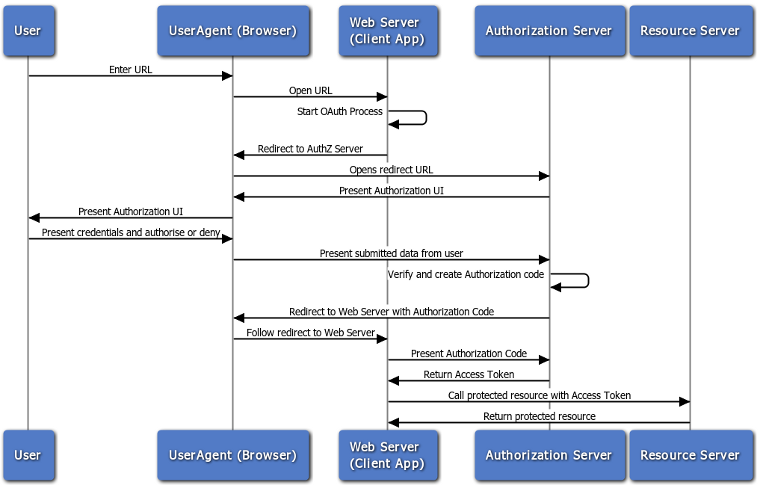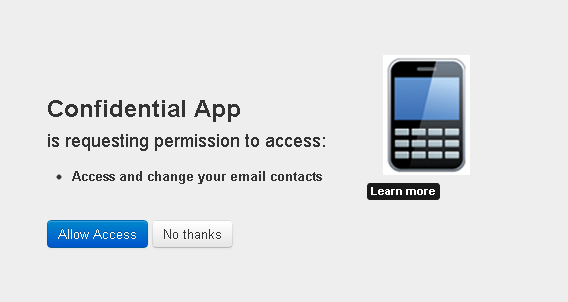1. Create New Application (go to Authorization management > Application > click new Application)
2. Create New Security Module (go to System Configuration > Security Module > click New)
3. Create New Resource Type (go to Newly Created Application > Resource Types > Click new)
4. Create New Resource (go to Newly Created Application > Default Policy Domain > Resources Catalog > Resources > Create New)
5. Create New Permit Authorization Policy (go to Newly Created Application > Default Policy Domain > Application Policies > Create New)
6. Create New Deny Authorization Policy (go to Newly Created Application > Default Policy Domain > Application Policies > Create New)
7. Edit the following file
$OES_CLIENT_HOME/oessm/SMConfigTool/smconfig.java.controlled.prp
8. Run the config.sh
9. This will create a directory in $OES_CLIENT_HOME/oes_sm_instances/< SM_NAME_AS _IN_PRP_FILE >
10. Create a sample application to validate the authorization request. Code Snippet is as follows-
11. Run the program to check that it is authorizing the user initiating the resource request.
Sample source:
******************************************************************
public class HelloWBworld2 {
/**
* @param args
*/
public static void main(String[] args) {
// TODO Auto-generated method stub
WLSUserImpl p = new WLSUserImpl("weblogic_wc");
System.out.println("HelloWBworld :: principal :: "+p);
Subject user = new Subject();
System.out.println("HelloWBworld :: Subject :: "+user);
// user.getPrincipals().add(p);
System.out.println("HelloWBworld :: Subject after add :: "+user);
// Resource being accessed AppName/ResourceType/ResouceName
String resourceString = "HelloWBWorld/MyWBResourceType/MyWBResource";
System.out.println("HelloWBworld :: resourceString :: " +resourceString);
// Action initiated by the user
String action = "write";
System.out.println("HelloWBworld :: action :: "+action);
// Environmental/Context attributes
while (true)
{
System.out.println("HelloWBworld :: while start ");
try {
// get Authorization response from OES
PrepareResponse response = PepRequestFactoryImpl.getPepRequestFactory()
.newPepRequest(
user,
action,
resourceString,
null).decide();
System.out.println( "Request: {" + user + " " + action + " " + resourceString + "} \nResult: " + response.allowed());
} catch (PepException e) {
System.out.println( "***** Caught exception: " + e.getMessage());
e.printStackTrace();
System.exit(1);
}
}
}
}****************************************************************
http://docs.oracle.com/cd/E37115_01/dev.1112/e27154/handle_auth_calls.htm
2. Create New Security Module (go to System Configuration > Security Module > click New)
3. Create New Resource Type (go to Newly Created Application > Resource Types > Click new)
4. Create New Resource (go to Newly Created Application > Default Policy Domain > Resources Catalog > Resources > Create New)
5. Create New Permit Authorization Policy (go to Newly Created Application > Default Policy Domain > Application Policies > Create New)
6. Create New Deny Authorization Policy (go to Newly Created Application > Default Policy Domain > Application Policies > Create New)
7. Edit the following file
$OES_CLIENT_HOME/oessm/SMConfigTool/smconfig.java.controlled.prp
8. Run the config.sh
9. This will create a directory in $OES_CLIENT_HOME/oes_sm_instances/< SM_NAME_AS _IN_PRP_FILE >
10. Create a sample application to validate the authorization request. Code Snippet is as follows-
11. Run the program to check that it is authorizing the user initiating the resource request.
Sample source:
******************************************************************
public class HelloWBworld2 {
/**
* @param args
*/
public static void main(String[] args) {
// TODO Auto-generated method stub
WLSUserImpl p = new WLSUserImpl("weblogic_wc");
System.out.println("HelloWBworld :: principal :: "+p);
Subject user = new Subject();
System.out.println("HelloWBworld :: Subject :: "+user);
// user.getPrincipals().add(p);
System.out.println("HelloWBworld :: Subject after add :: "+user);
// Resource being accessed AppName/ResourceType/ResouceName
String resourceString = "HelloWBWorld/MyWBResourceType/MyWBResource";
System.out.println("HelloWBworld :: resourceString :: " +resourceString);
// Action initiated by the user
String action = "write";
System.out.println("HelloWBworld :: action :: "+action);
// Environmental/Context attributes
while (true)
{
System.out.println("HelloWBworld :: while start ");
try {
// get Authorization response from OES
PrepareResponse response = PepRequestFactoryImpl.getPepRequestFactory()
.newPepRequest(
user,
action,
resourceString,
null).decide();
System.out.println( "Request: {" + user + " " + action + " " + resourceString + "} \nResult: " + response.allowed());
} catch (PepException e) {
System.out.println( "***** Caught exception: " + e.getMessage());
e.printStackTrace();
System.exit(1);
}
}
}
}****************************************************************
http://docs.oracle.com/cd/E37115_01/dev.1112/e27154/handle_auth_calls.htm










